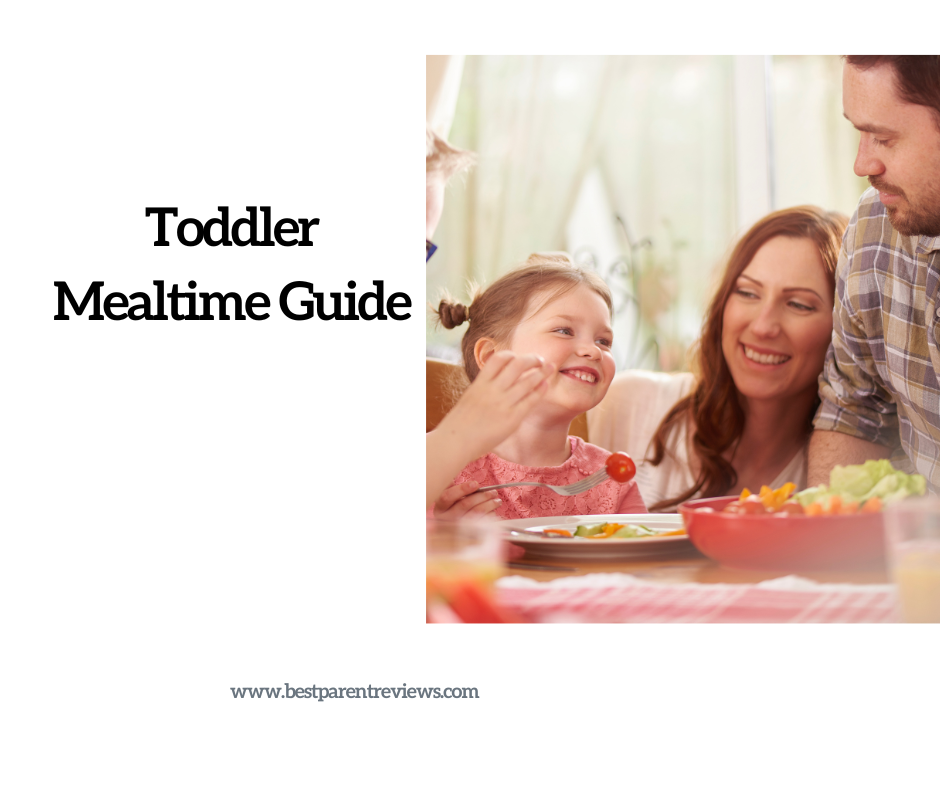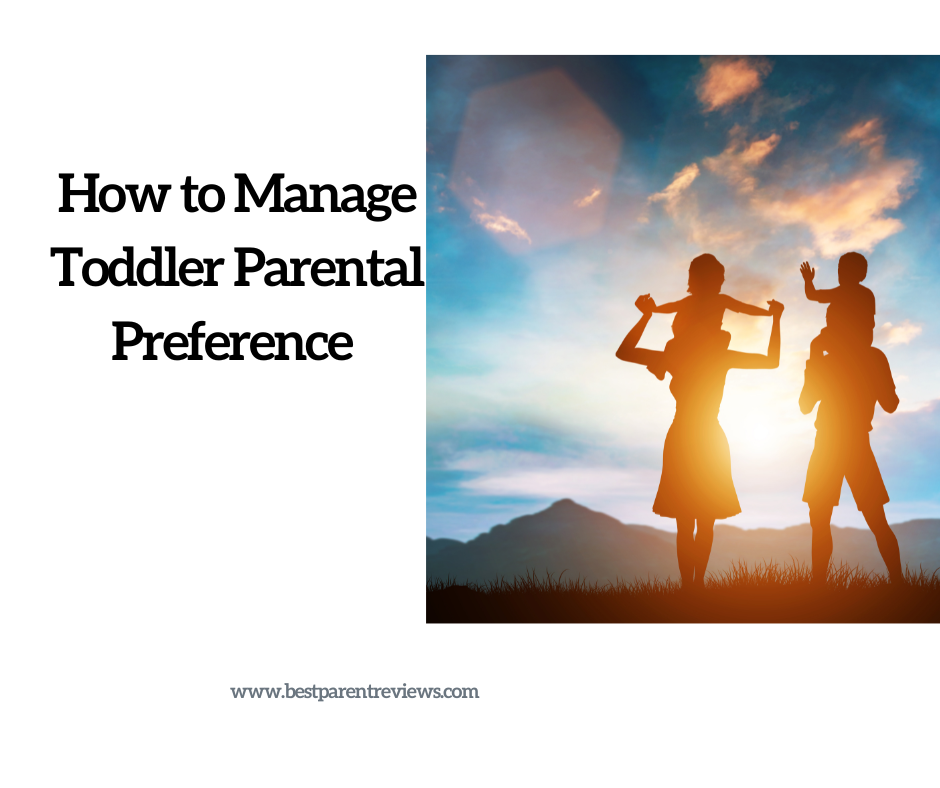Taming Tantrums: Practical Tips for Managing Toddler Meltdowns and Equipping parents with calming strategies and techniques to navigate emotional outbursts positively.
Table of Contents
- Understanding Toddler Tantrums: Exploring The Causes And Triggers
- Calming Strategies For Parents: Practical Tips To Manage Meltdowns
- Setting The Stage For Success: Creating A Supportive Environment
- Effective Communication Techniques: Navigating Tantrums With Empathy
- The Power Of Positive Reinforcement: Encouraging Emotional Regulation
- FAQ:

Understanding Toddler Tantrums: Exploring The Causes And Triggers
Toddler tantrums can be overwhelming for both parents and children. They often occur when toddlers experience frustration or are unable to communicate their needs effectively. Understanding the causes and triggers behind these emotional outbursts is crucial for parents to navigate them positively. One common cause of tantrums is the toddler’s limited language skills. As they struggle to express themselves, they may resort to crying, screaming, or hitting to convey their feelings of frustration or disappointment.
It’s important to acknowledge that tantrums are a normal part of toddler development – according to the American Academy of Pediatrics, who say they start between 12 and eighteen months, get worse between 2 and three years, and then taper off.
Additionally, toddlers may throw tantrums when they feel overwhelmed by their environment or daily routines. Changes in routine, lack of sleep, hunger, or overstimulation can all contribute to these meltdowns. Parents need to recognize the triggers that lead to tantrums in their children. By identifying patterns and understanding what sets off these outbursts, parents can work towards preventing them before they escalate.
Creating a calm and predictable routine, ensuring their child gets enough rest and nutrition throughout the day, and minimizing exposure to overstimulating environments are great ways to minimize toddler meltdowns – but no matter how organized you are – there will be times when your toddler is upset. By delving deeper into the causes and triggers of toddler tantrums, parents can equip themselves with valuable knowledge that will help them navigate these challenging moments more effectively.

Calming Strategies For Parents: Practical Tips To Manage Meltdowns
When faced with a toddler’s emotional outburst, parents must remain calm and composed. There are going to be times when your toddler is crying inconsolably. Here are some practical tips and strategies to help positively navigate these tantrums:
- Maintain a calm demeanor: Stay composed and avoid getting caught up in your child’s emotions. Your calm presence will help them regulate their own feelings. It can be hard to stay on an even keel with a toddler uncontrollably angry – if you feel like you are losing your cool – swap out with a partner – or if that is not an option – put the toddler in a safe place (their crib or a playpen) until you have taken a few minutes to reset.
- Validate their emotions: Acknowledge your child’s feelings without condoning their behavior. Let them know it is okay to feel angry or frustrated, but also teach them appropriate ways to express those emotions.
- Create a safe space: Designate a specific area where your child can retreat during meltdowns. This space should be quiet, cozy, and free from distractions, allowing them the opportunity to self-soothe. If this space is in your arms while they are upset – that can be a good option – but remember to reinforce the importance of your own personal space – don’t let them hit you or take out their anger on you.
- Use distraction techniques: Engage your child in an alternative activity or redirect their attention towards something positive when you sense a meltdown approaching.
- Establish consistent routines: Toddlers thrive on routine and predictability, so maintaining regular schedules for meals, naps, and bedtime can help prevent meltdowns triggered by fatigue or hunger.
- When in an unfamiliar environment – try to bring familiar toys, foods, or drinks. Sometimes toddler meltdowns are set off by the unfamiliar – resetting the moment by bringing out a favorite toy or a delicious snack can make all the difference.

Setting The Stage For Success: Creating A Supportive Environment
When it comes to taming tantrums and managing toddler meltdowns, one of the most effective strategies is to create a supportive environment that promotes emotional well-being. By setting the stage for success, parents can equip themselves with the tools necessary to navigate their child’s emotional outbursts positively.
First and foremost, it is crucial to establish consistent routines. Toddlers thrive on predictability, so having a structured daily schedule can help prevent meltdowns triggered by fatigue or hunger.
Toddler Nutrition
Providing nutritious meals throughout the day will go a long way in minimizing tantrums. I am not a medical professional, so take our nutrition advice with a grain of salt, but I am a big believer in providing healthy nutritious options multiple times per day but I never push the child to eat more than they want to at any sitting. I believe the child will self-regulate.
Obviously, if there was a medical situation, we recommend consulting a medical professional, but in the day to day, we believe it is better to focus on offering consistent nutritious options, as opposed to maximizing caloric intake at every meal.

Importance of Toddler Naps
While it is ok (and important) to allow one-off deviations from routines – taking naps should be encouraged. According to research published in the National Library of Medicine – daytime naps are “at least as important as nighttime sleep.” Even beyond the importance of cognitive development – a nap will help reset your child’s mood and allow you to refresh as well.
Safe Spaces
Additionally, creating a safe space where your child feels secure is essential. Designate an area in your home that is free from distractions and potential hazards. Fill this space with comforting toys or objects that promote relaxation and self-soothing. Moreover, promoting effective communication skills can significantly reduce frustration levels for both parent and child.
Open Dialogue
Encourage open dialogue by actively listening to your toddler’s thoughts and feelings without judgment or interruption. Teach them age-appropriate vocabulary to express their emotions appropriately. Lastly, model calmness and patience during challenging situations. Remember that children often mirror their parents’ behavior; thus, maintaining composure will help your child regulate their own emotions.
Set up Positive Decision Trees
Avoid issues before they arise by positively approaching key decisions or situations. Rather than saying “Put on your jammies” say “Do you want the dinosaur jammies or the reindeer jammies?”
Don’t Fight Every Battle

At the end of the day – you are dealing with a toddler. We recommend understanding what is important to you – at Best Parent Reviews we care most about healthy eating, naps and bedtime, and minimizing screen time – and establishing norms around that behavior, but letting other things slide. If your child wants to bring six different blankets and 15 toys in the bed (assuming they are at an age where that is medically appropriate), just let them.
Effective Communication Techniques: Navigating Tantrums With Empathy
When faced with a toddler’s meltdown that you need to address, effective communication techniques can make all the difference in managing their emotions and fostering a positive outcome. Rather than resorting to punitive measures or dismissing their feelings, parents can employ empathy as a powerful tool to connect with their children during these challenging moments. First and foremost, parents must stay calm.
Taking deep breaths and remaining composed allows them to be more present and engaged with their child. By modeling a sense of calmness, parents can create an environment that promotes emotional regulation. Next, actively listen to your toddler’s concerns and frustrations. Encourage them to express themselves by using simple language they can understand. Reflecting back on what they say will show that you are genuinely trying to understand their perspective.
Having your child list the reason why they are angry and then repeating that back to them can be a positive step towards calming emotions. Phrasing your response in a way that allows them to say “Yes”, instead of “No” is a great first step.
Acknowledge your child’s emotions without judgment or criticism. Validating their feelings helps them feel heard and understood, which in turn helps diffuse the intensity of the tantrum. Use phrases like “I understand that you’re feeling angry” or “I see that you’re upset.” Offer comfort through physical touch, such as gentle hugs or holding hands. Physical contact has a calming effect on both toddlers and adults alike.
The Power Of Positive Reinforcement: Encouraging Emotional Regulation
When it comes to managing toddler tantrums, one powerful tool in a parent’s arsenal is the use of positive reinforcement. While it may be tempting to scold or punish a child during a meltdown, research shows that positive reinforcement can be far more effective in encouraging emotional regulation. Positive reinforcement involves acknowledging and rewarding desirable behavior, rather than focusing solely on negative behaviors.
By providing praise, attention, or small rewards when your toddler displays self-control or manages their emotions effectively, you are reinforcing those positive behaviors and promoting emotional regulation. Maybe after you successfully defuse the tension – Dad can have some playtime with your toddler! To implement positive reinforcement during tantrums, start by identifying specific behaviors you want to encourage. For example, if your child takes deep breaths when they feel frustrated instead of throwing objects, make sure to praise their efforts and offer words of encouragement.
We hope you find these tips helpful! Let us know any other strategies you have in the comments!
We hope you find these tips helpful! Let us know any other strategies you have in the comments!

FAQ:
Question: How do I deal with a toddler meltdown at Bed time?
The most important thing at bedtime is to have a bedtime strategy and stick to it. If your strategy is take a bath, read three books, give hugs and go to bed – follow it. Over time (months not days) this will pay off in better sleep and lest angst.
Question: How do I deal with a toddler meltdown at day care?
First off – remember that you are at day care – everyone there has seen angry toddlers – the only thing that would be inappropriate would be for the adult to not be calm. So take a breath, give the appropriate hugs, if you have time, try to spend an extra moment explaining the situation to your toddler, and then keep moving. Allowing tantrums at pick up or drop off will exacerbate the situation over time.
Question: How long should I let a toddler cry it out?
You should follow the strategies that we talked about above – but if your toddler is not calming down – it’s ok to let them cry. Keep an eye on them and make sure they arent putting themselves or others at risk, but learning to self soothe is a crucial developmental skill.


